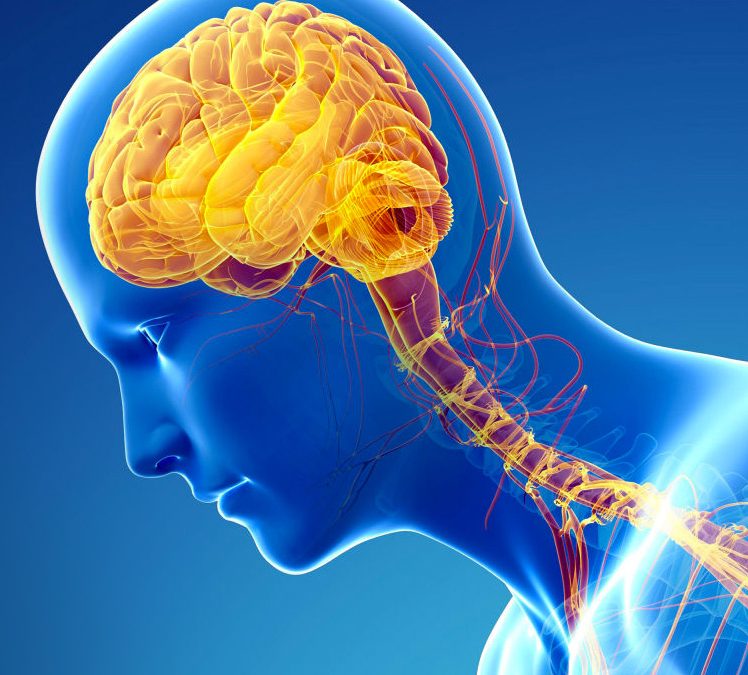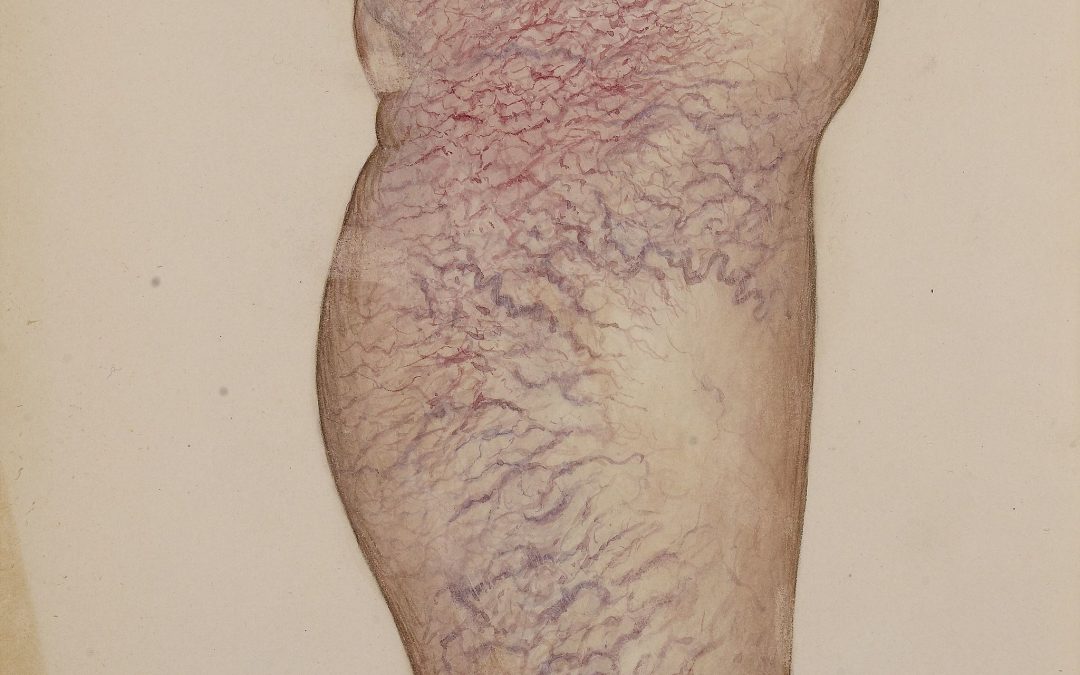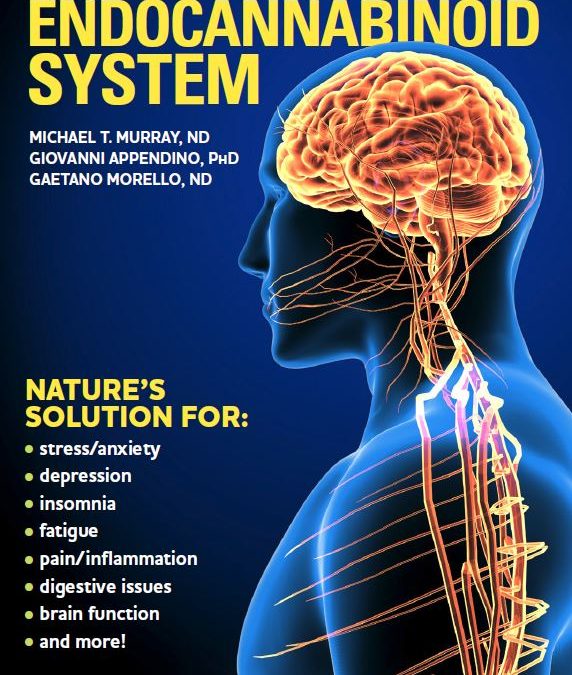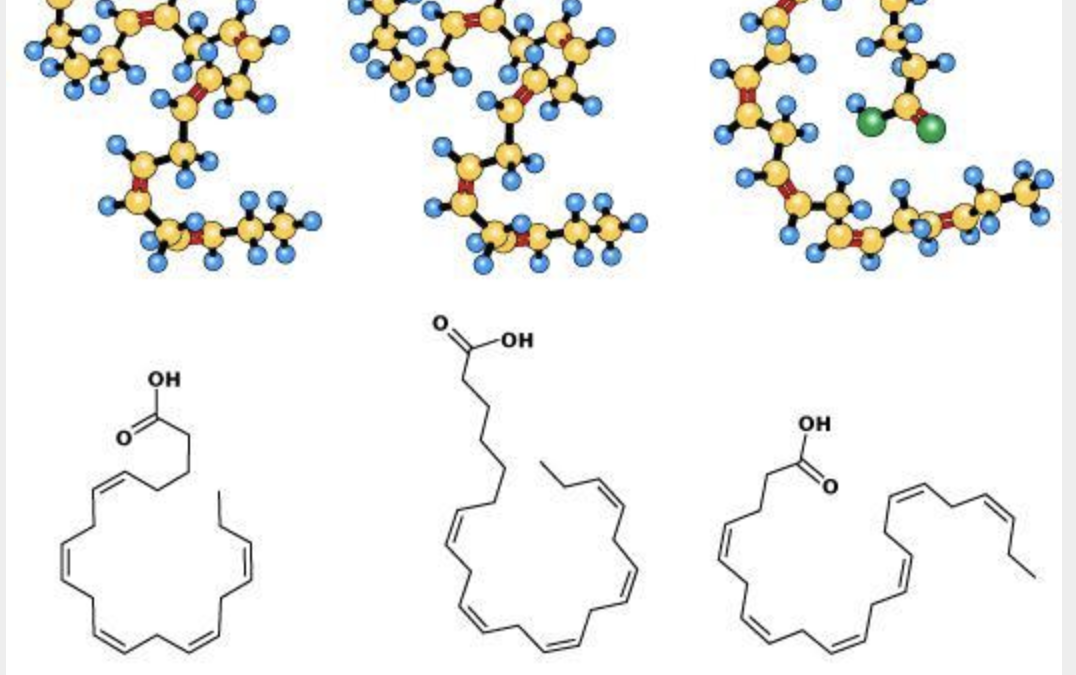
by Gill | Dec 10, 2020 | Health Conditions, Most Recent, Natural Facts
Parkinson’s Disease Introduction Parkinson’s disease is a degenerative brain disorder caused by damage to an area of the brain responsible for controlling muscle tension and movement. The damaged brain cells in this region are unable to produce sufficient dopamine, an...

by Gill | May 22, 2019 | Health Conditions, Most Recent, Natural Facts
Natural Support for Vein Health With summer almost here, I wanted to take the opportunity to highlight some natural treatments for varicose veins. Although they are primarily a “cosmetic” issue, vein health may represent the overall health of connective tissue and our...

by Gill | May 21, 2019 | Health Conditions, Natural Facts

by Gill | Apr 16, 2019 | Health Conditions, Most Recent, Natural Facts
Quercetin Phytosome® to Enhance Exercise Recovery and Performance Quercetin serves as the backbone structure for many flavonoids – a group of plant pigments largely responsible for the colors of many fruits and flowers. Flavonoids are also responsible for the...

by Gill | Apr 9, 2019 | Health Conditions, Most Recent, Natural Facts
Have you ever been extremely tired and then all of a sudden felt a burst of energy? More than likely, the sudden burst was due to the release of adrenaline and cortisol from your adrenal glands, a pair of glands that lie on top of each kidney. If you have...

by Gill | Mar 4, 2019 | Health Conditions, Most Recent, Natural Facts
T Introduction Much of the research and attention on fish oils has focused on the omega-3 fatty acids eicosapentaenoic acid (EPA, C20:5n3) and docosahexaenoic acid (DHA, C22:6n3), but a burgeoning body of new science is now indicating that the third most...









